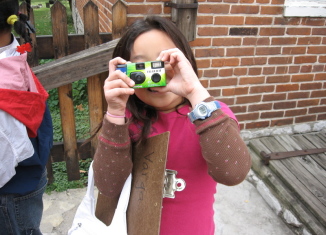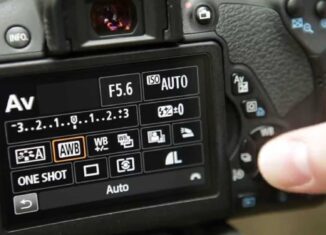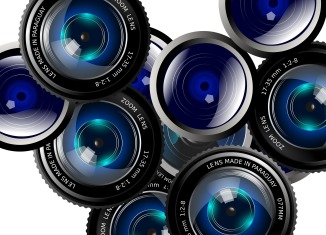If you are a sports fan, you know what it means when a team goes into a “rebuilding year”. It is just when the owners or coaches decide its time to train new members and correct bad habits in others. And invariably, what team leadership says when they go into such a time is that they are going “back to basics.”
Sometimes it’s good for us as photographers to go back to basics. And, of course, if you are just getting started in the world of photography and want to learn “the ropes”, the basics are a natural start. But you want the basics of what the professionals know about the craft of photography.
Anybody can take a picture. I attended a wedding reception where the wedding party left a disposable digital camera on each table at the reception for guests to snap photos. Before the evening was over, it was the children who were running around taking pictures of everything from the dirty dishes to their own underwear. These were not photographers and while those pictures will no doubt get a few chuckles, these are not the kind of professional pictures people want for their long-term memories.
Obviously, the cornerstone of the basics of photography is the camera. When you see a camera geek walking around with enough equipment on his neck to launch a space shuttle, you get the impression that cameras are phenomenally complex, more than mere mortals can grasp. But look at the professionals and you see them working with portable, relatively easy to operate cameras. That is because the basics of running a camera come down to aperture and shutter speed.
Now don’t get nervous about fancy terms. Aperture is just a term for how wide your camera lens is open to let in light. And shutter speed is just how long you let the light come in to affect the picture. For getting a shot of a fast moving event, you want a wide aperture to let in a lot of light but a short shutter speed so you capture the event quickly and close the window so the picture is caught before more light hurts the quality.
Photography is really all about light. You can and will get learn a lot about lenses and flash photography and other ways to turn the control over the lighting of a shot to you. So add to your core skills of photography a willingness to never stop learning. The better and more sophisticated you get in your ability to work with the equipment, the more you will learn and the more you will want to learn.
You can get a greater control over these basic controls of the camera such as aperture and shutter speed by learning how to switch from automatic settings to manual settings. The automatic settings of any camera are just there for the general public who are not interested in learning the basics. So they give you some basic settings like landscape, portrait and sports settings. By switching to manual, you can learn what settings work best in different situations.
And that takes us to the most important basic about becoming a great photographer and that is practice. Take some time with your equipment and play with it. Take it to situations and take photos with different aperture and shutter speed settings, in outdoor and indoor settings and different orientations to light. Don’t get upset when some shots don’t work. That’s part of the learning curve.
By learning by doing, you will build your confidence in your work and eventually become a great photographer. But don’t get cocky, there is always more to learn. And that is one of the fun things about photography, isn’t it?













